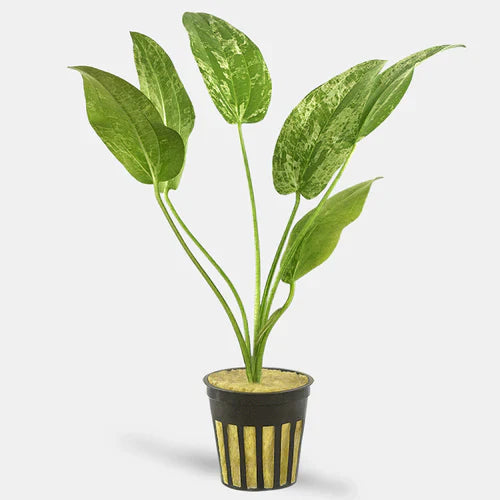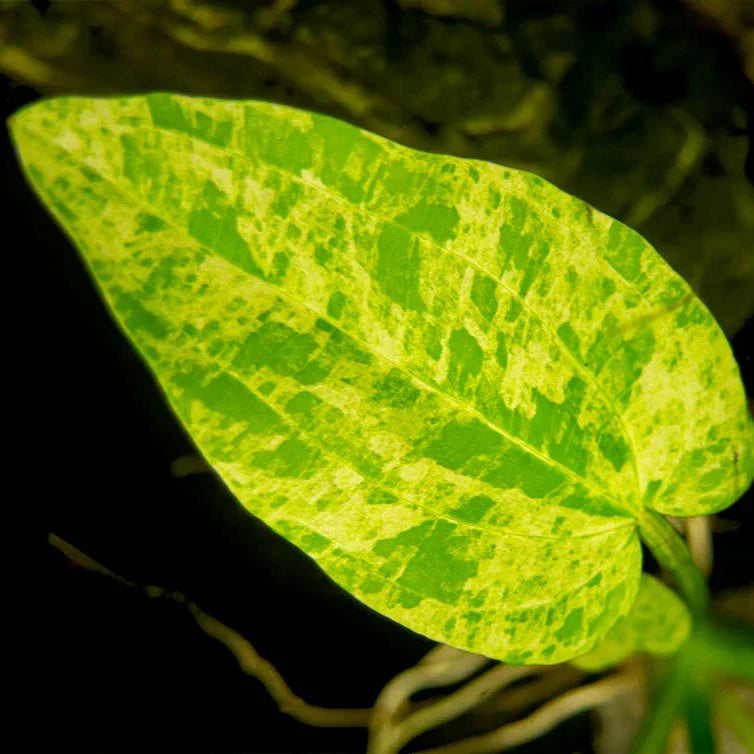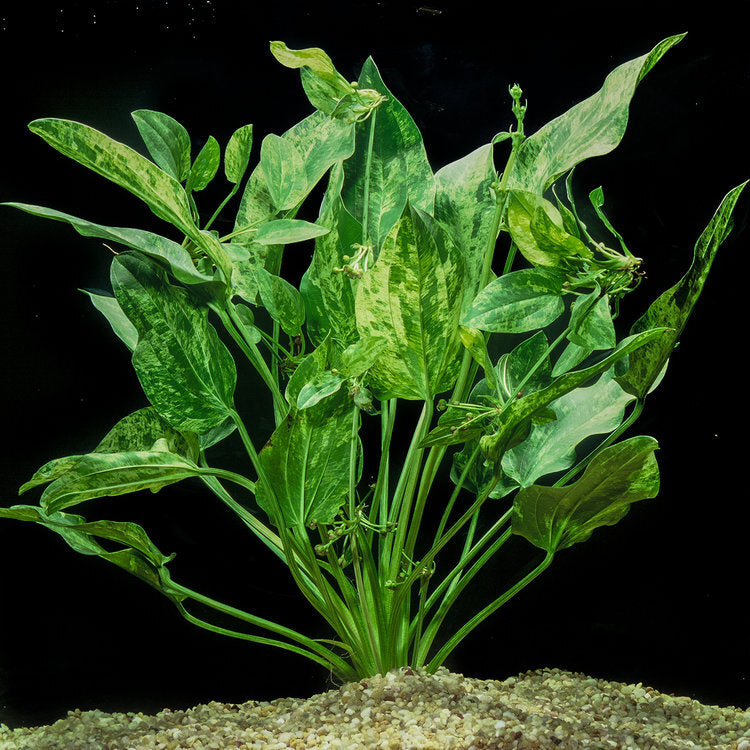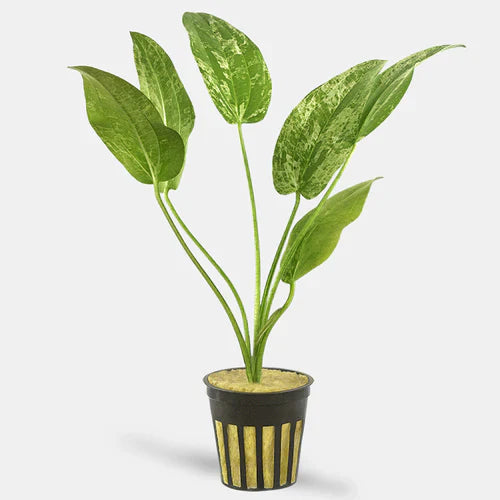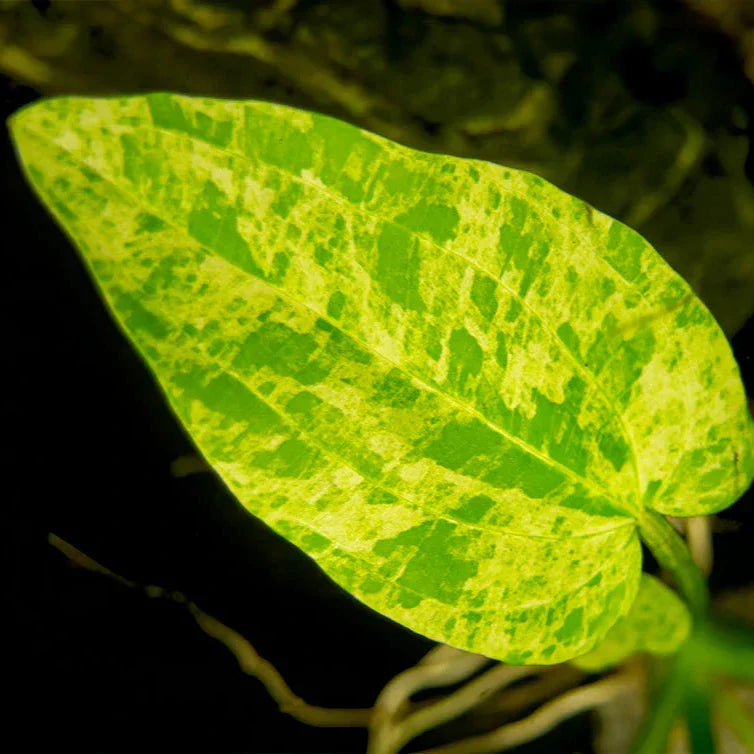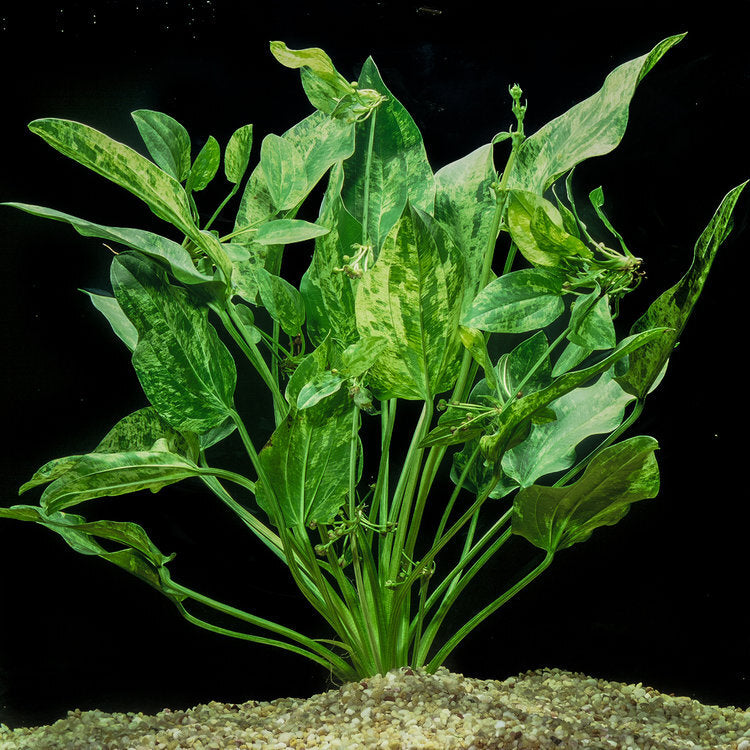🌿 Echinodorus Marble Queen - Elegant Freshwater Aquarium Plant
Transform your aquarium with the eye-catching Echinodorus Marble Queen. Featuring stunning marbled green and white leaves, this plant adds a unique and luxurious touch to any aquascape. Hardy and low-maintenance, it’s a fantastic choice for both beginners and experienced aquarists.
Echinodorus Marble Queen Quick Facts
| Feature | Details |
|---|---|
| 🌍 Origin | South America |
| 📏 Size | 10 - 20 inches |
| 💡 Lighting | Moderate to high |
| 🌡️ Temperature | 72°F - 82°F (22°C - 28°C) |
| 💧 pH Range | 6.5 - 7.5 |
| 🎨 Color | Variegated green and white leaves |
| 🪴 Position in Tank | Midground to Background |
| 🌟 Difficulty | Beginner-friendly (easy to moderate) |
| 🐟 Compatibility | Betta fish, Neocaridina/Caridina shrimp, snails, community fish |
Why Choose Echinodorus Marble Queen?
- ✔️ Striking variegation – Unique green and white marbled leaves make it a standout plant.
- ✔️ Great for oxygenation – Absorbs excess nutrients, helping to maintain water quality.
- ✔️ Provides natural shelter – Perfect for fish and shrimp seeking cover.
- ✔️ Hardy and adaptable – Thrives in a variety of freshwater conditions.
How to Care for Echinodorus Marble Queen
Care Tips
- Lighting: Moderate to high lighting enhances its beautiful variegation.
- Placement: Works best as a midground or background plant due to its broad leaves.
- Substrate: Prefers nutrient-rich substrate; root tabs help encourage strong growth.
- Fertilizer: Regular root fertilization and occasional liquid fertilizer promote healthy leaves.
- Maintenance: Trim older or damaged leaves at the base to encourage fresh growth.
Propagation Steps
- Wait for Runners: Mature plants will produce side shoots or runners.
- Separate the Baby Plants: Once plantlets have established roots, carefully remove them from the parent plant.
- Replant: Place the new plantlets into the substrate and allow them to grow.
